Bullying: Types of Bullying and How To Prevent It
“Surveys indicate that as many as half of all children are bullied at some time during their school years, and at least 10% are bullied on a regular basis”(American Academy of Child and Adolescent Psychiatry). Bullying appears commonly in three forms: verbal, physical, and online. The majority of the time, bullies act the way they do because they want to feel powerful. They may feel bad about themselves, or have a difficult home life. They also may want attention from others at school, so they cause a stir. There are many causes for this behavior.
Why do bullies pick on people though? The most common reasons to bully someone is because of their appearance, someone’s behavior, their race or religion, their social status, or their sexual identity.
However, no one is born a bully. Psychology Today tells us that, “if the normal aggression of 2-year-olds is not handled with consistency, children fail to acquire internal restraints against such behavior” (Perina). This means if someone doesn’t teach them how to control themselves (and their emotions), it can possibly lead to them becoming a bully.
Most bullies are generally powerful in some sort of way. Some are physically strong, and others may be popular in their school. Bullies also may try and seem bigger, or more powerful to attempt to intimidate their victims.
The first main type of bullying is verbal bullying. This means bullying with words, and not actual physical harassment. Verbal bullying is most prominent in girls, but can be present in any gender. People who bully verbally may call people mean names and tease people. When this happens you can tell a trusted adult, or just ignore them.
Another type of bullying is physical bullying. The majority of physical bullying is done by boys, but once again can be performed by anyone. Physical bullying could also be damaging or stealing their belongings. If you get in a situation with a bully, try to leave before things escalate.
More and more often teenagers have been on social media, opening a whole new world for bullying. This is called cyberbullying. This type of bullying is also similar to verbal because you use words to harm people. When cyberbullying, the bully might spread lies or post embarrassing/demeaning pictures, videos, et cetera. The Organization to Protect Every Child, UNICEF, says there are many ways of being affected by cyberbullying. First is mentally, which includes feeling upset, stupid, and even angry. Secondly is emotionally, which can be feeling ashamed or losing interest in the things you love. Lastly is physical, which can make you tired, cause loss of sleep, or you can experience symptoms like stomach aches and headaches (United Nations in Western Europe).
Sometimes people will make mean comments but then afterwards say something like “just kidding” or “I was just joking”. Even if this person is considered a friend, they may not be. If they’re asked to stop and don’t, they could even be considered a bully.
A writer’s mother also experienced bullying in the fourth grade. She had been teased and called mean names, specifically targeting her. “They wanted to look cool in front of their friends”, she states. The writer also experienced bullying, saying that their bully had a troubled home life, like a lot of bullies.
If you’re being bullied, or think you’re being bullied, who should you talk to? First, you should look for help by asking your parents, a close family member, a trusted adult, your school counselor, or a teacher. If you choose to confront the bully, you should do so in a public setting, especially in front of an authoritative figure. Stay safe!
Citations
“Bullying”. American Academy of Child and Adolescent Psychiatry, No. 80, Apr. 2016, AACAP,
https://www.aacap.org/AACAP/Families_and_Youth/Facts_for_Families/FFF-Guide/Bullying-080.aspx. Mar. 14, 2022.
Perina, Kaja. “Bullying.” Psychology Today,
https://www.psychologytoday.com/us/basics/bullying. Accessed Mar. 14, 2022.
United Nations in Western Europe. “Cyberbullying: What is it and how to stop it.” UNRIC.org,
Sept. 17, 2020, https://unric.org/en/cyberbullying-what-is-it-and-how-to-stop-it/.
Accessed Mar. 15, 2022.

Elodie is 12 years old. She enjoys reading and writing, which is why she applied for journalism as her number one option. She very much enjoys her role...
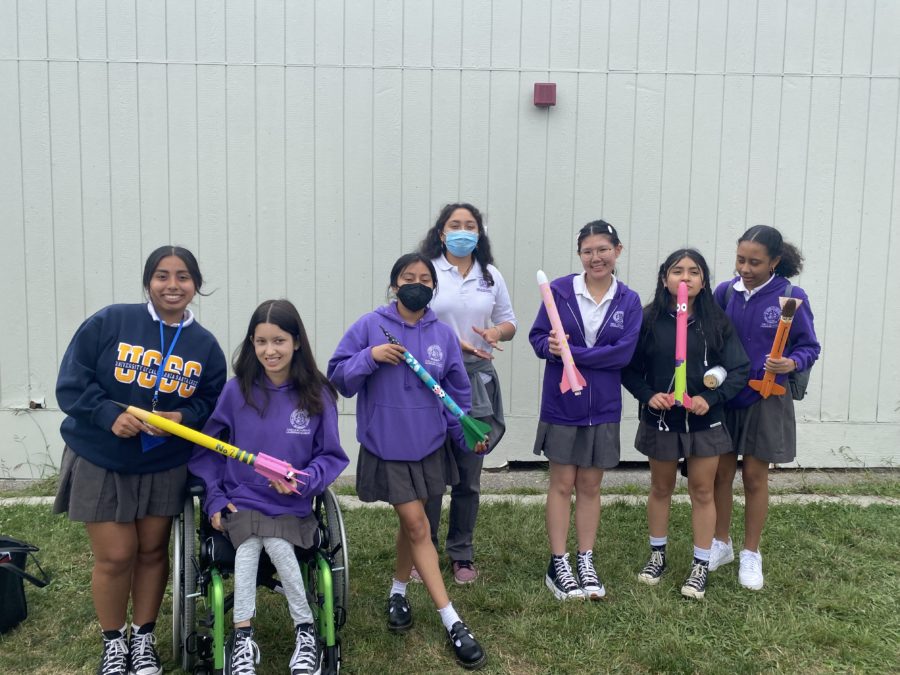


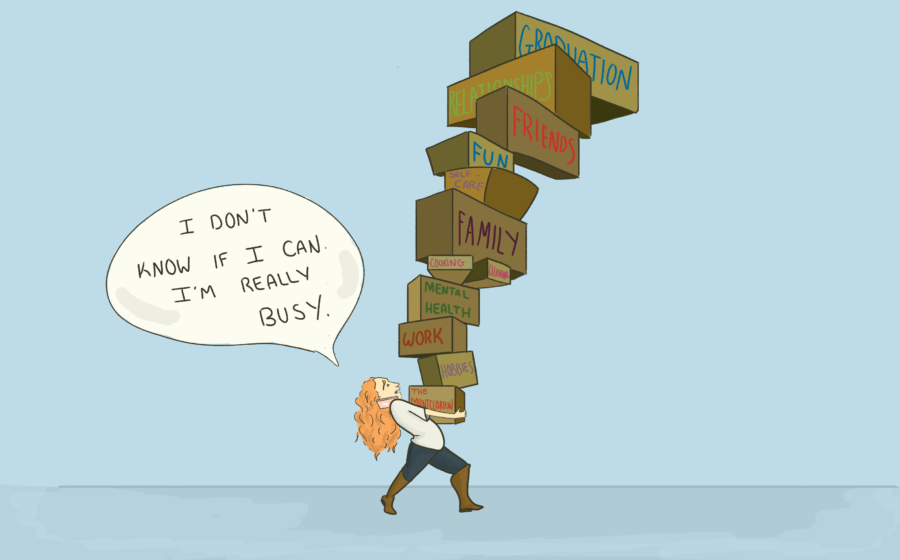




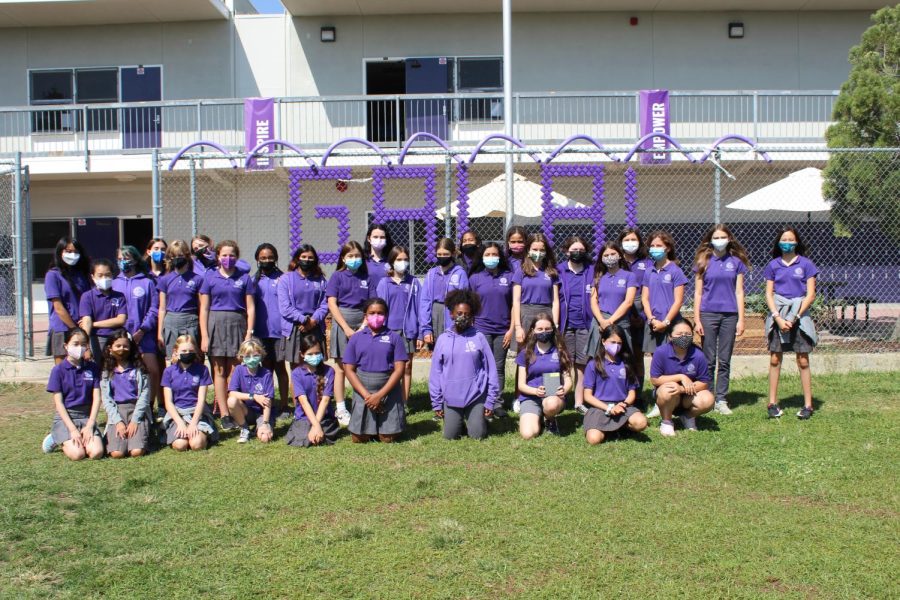




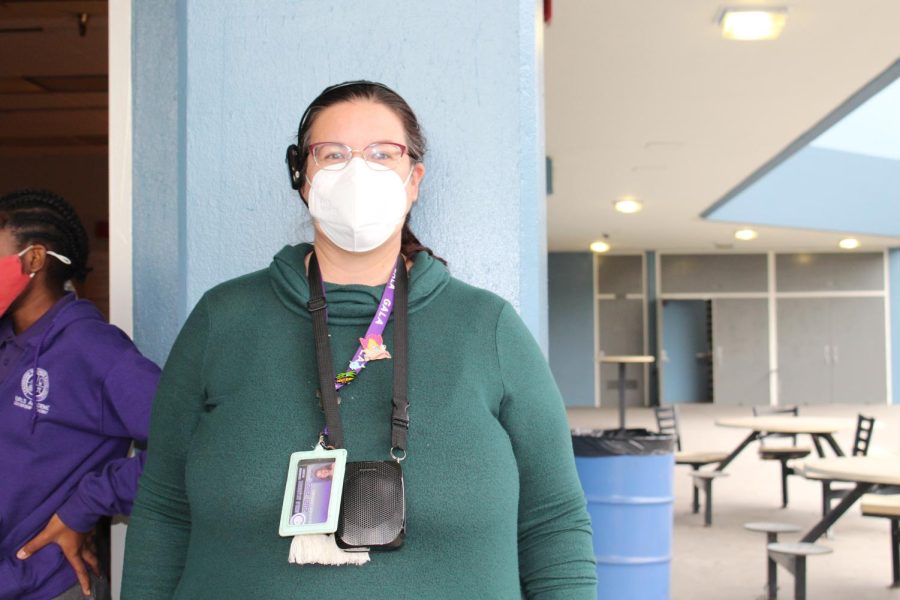


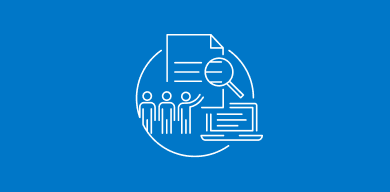
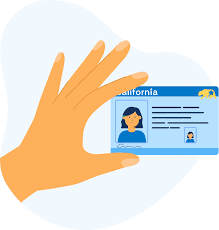


























































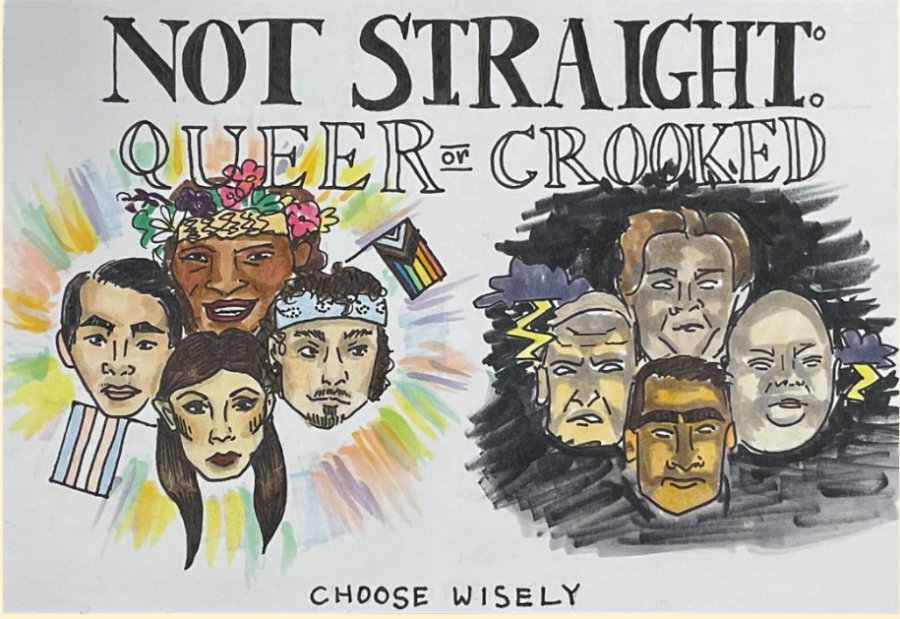


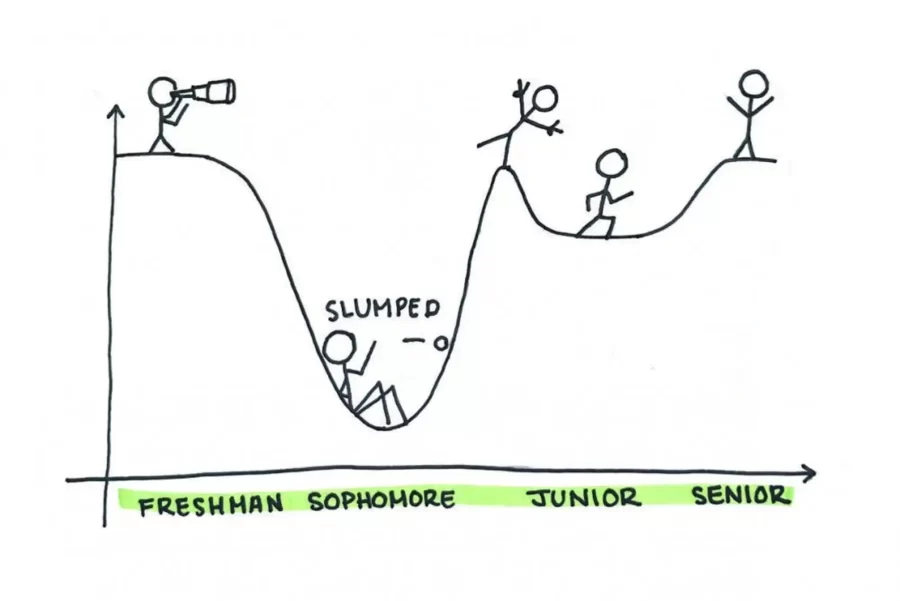








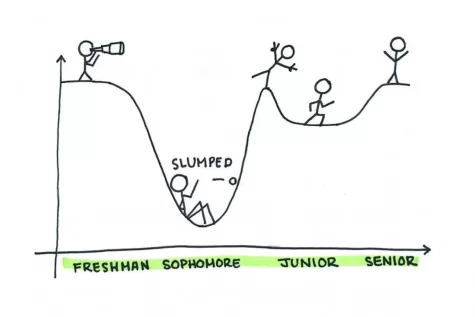
Elaine Akaka • Mar 23, 2022 at 4:04 pm
Very informative. Good job Elodie!
Morgan Fitzpatrick • Mar 22, 2022 at 8:28 pm
Very insightful!
Kini • Mar 22, 2022 at 4:58 pm
Interesting article, Elodie. I didn’t realize 10% of people experience bullying on a regular basis.
Helene • Mar 22, 2022 at 4:54 pm
Nice job, Elodie A., bullying is prevalent in school and online, I’m glad you’re writing about it so more people talk about this together.